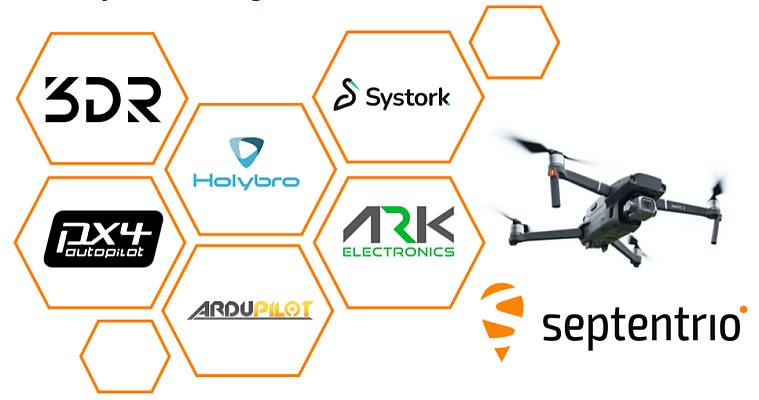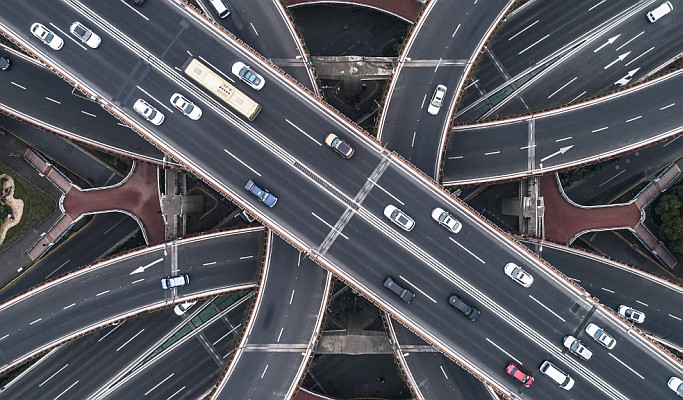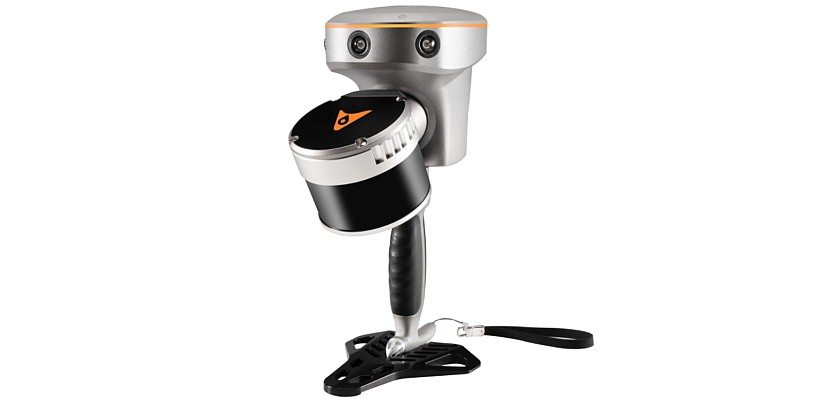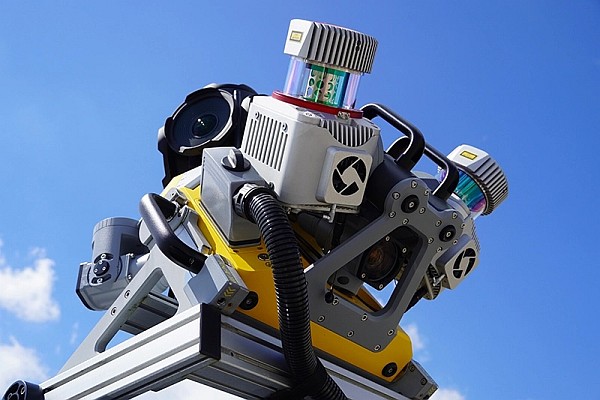Ground movements are responsible for hundreds of deaths and billions of Euros annually, and the threat they pose is increasing due to urbanisation and land use. ESA’s GMES Service Element Programme is backing a project, Terrafirma, to help mitigate these risks.
To address these issues, Terrafirma is providing a Pan-European ground motion hazard information service to detect and monitor ground movements in relation to building stability, subsidence and ground heave, landslides, seismic activity and engineered excavations.
For over 15 years, Synthetic Aperture Radar Interferometry (InSAR) has been providing ground deformation data at centimetre precision. In the past five years, however, new ways of processing satellite radar images have been developed using Persistent Scatterer Interferometry (PSI) that allow ground movements over wide areas to be detected and monitored with even greater sensitivity.
Recent statistics show that 50% of the world population already live in cities, and megacities (over 10 million) are now commonplace. As the trend toward urbanisation continues, most major towns will undergo construction to accommodate new developments for newcomers.
New construction requires solid foundations to avoid costly planning mistakes, and underground works and metro-tunnelling have some surface effect that needs remediation and monitoring. The Terrafirma services can provide information to locate low-risk foundation sites and help save money on the remediation of existing structures.
Within two years, Terrafirma, which was initiated by Nigel Press Associates under ESA’s GMES Service Element Programme, will provide satellite radar coverage processed to reveal small ground movements for at least one city in every European Union country.
Source: ESA






